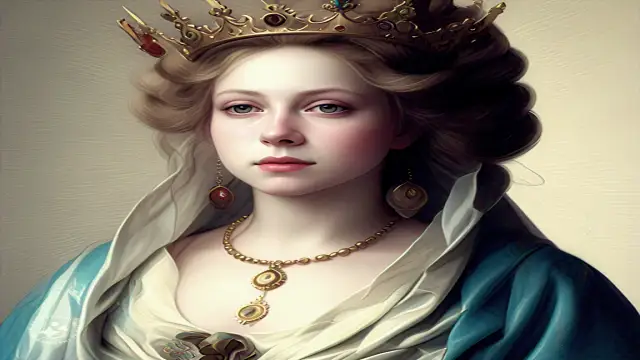On February 8, 1587, a significant event took place in England. Mary, Queen of Scots, was beheaded at Fotheringhay Castle. Her life was filled with drama, power struggles, and tragedy. Let’s explore the story of this remarkable woman and the events that led to her untimely death.
Early Life of Mary Stuart
Mary Stuart was born in December 1542. She was the only legitimate child of King James V of Scotland. Tragically, her father died just six days after her birth. This meant that Mary became queen at a very young age. She was just a baby, but she was now the ruler of Scotland.
Mary spent much of her childhood in France. At the age of 15, she married Francis, the Dauphin of France. This marriage was meant to strengthen ties between Scotland and France. Sadly, Francis died in 1560, leaving Mary a widow.
Return to Scotland
After her husband’s death, Mary returned to Scotland in 1561. She faced a challenging situation. The country was divided between Catholics and Protestants. Mary was a Catholic queen in a predominantly Protestant nation. This created tension and conflict.
In 1565, Mary married her half-cousin, Henry Stuart, Lord Darnley. Their union was meant to unite the claims to the Scottish throne. However, Darnley was not a good husband. He was ambitious and sought more power. Their marriage quickly soured.
The Murder of Darnley
Tragedy struck in 1567 when Darnley was murdered. Many believed that Mary’s new husband, James Hepburn, the Earl of Bothwell, was involved in the plot. This led to public outrage. People suspected that Mary had a hand in the murder, which damaged her reputation.
As tensions rose, Mary was forced to flee. She was imprisoned in Loch Leven Castle, where she was pressured to abdicate the throne in favor of her son, James VI. This was a devastating blow for Mary, who had fought so hard for her position.
Seeking Refuge in England
After her abdication, Mary sought refuge in England, hoping for protection from her cousin, Queen Elizabeth I. However, Elizabeth saw Mary as a threat. Many believed that Mary had a legitimate claim to the English throne. Fearing that Mary would try to take her crown, Elizabeth had her imprisoned.
Mary spent the next 19 years in captivity. She was moved from one location to another, including various castles and manor houses. During this time, the Protestant Reformation was in full swing in England. Mary became embroiled in plots against Elizabeth, which further complicated her situation.
The Assassination Plot
In 1586, Mary was implicated in a plot to assassinate Elizabeth. This was known as the Babington Plot. The plan aimed to free Mary and place her on the English throne. However, the plot was uncovered, and Mary was arrested.
In October 1586, she was tried for treason. Despite her claims of innocence, she was found guilty. On February 1, 1587, Elizabeth reluctantly signed her death warrant. Just a week later, Mary was executed.
Legacy of Mary, Queen of Scots
Mary, Queen of Scots, remains a complex figure in British and European history. Her life was marked by love, loss, and political intrigue. Many view her as a tragic heroine, caught in a web of power struggles and betrayal.
Her story has inspired countless books, films, and plays. Mary’s life continues to captivate audiences, highlighting the challenges faced by women in positions of power during a tumultuous time.
Conclusion
The beheading of Mary, Queen of Scots, on February 8, 1587, marked the end of a turbulent life. From her ascension to the throne as a baby to her tragic death, Mary’s journey is a powerful reminder of the complexities of history. Her legacy lives on, reminding us of the struggles for power and the consequences of ambition. Mary Stuart’s story is not just a tale of a queen; it is a reflection of the human spirit and the fight for identity in a changing world.

